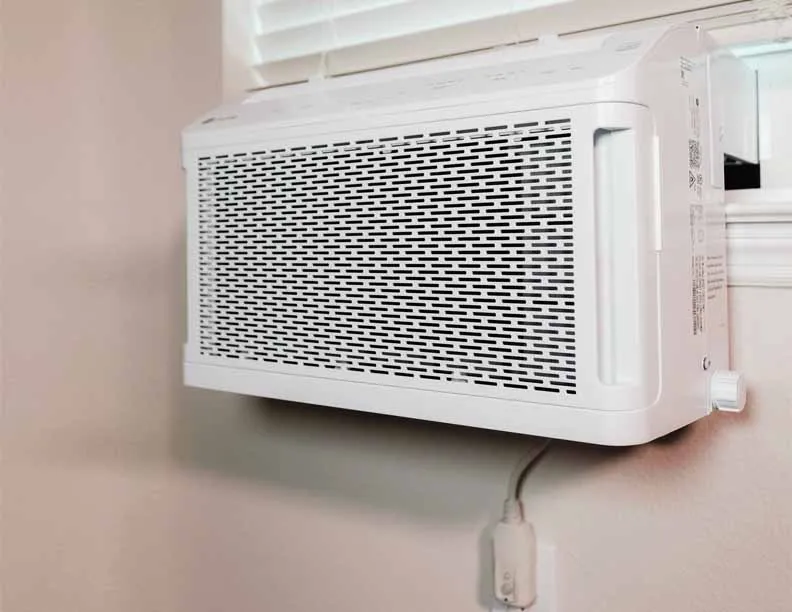In a world where climate control is not just a luxury but a necessity, the efficiency of heating and cooling systems has never been more crucial. Ductless mini-split systems have been a significant innovation in this arena, providing a more versatile and energy-efficient alternative to traditional HVAC units. These systems offer a range of benefits, from lower energy bills to improved air quality and aesthetic appeal. Here, we’ll discover just how efficient and effective ductless mini split can be in various settings.
How Ductless Mini-Splits Work
Before diving into their efficiency, it’s essential to understand the basics of these systems. Ductless mini-splits function much like central HVAC systems but without the ductwork. They consist of an outdoor compressor/condenser and an indoor air-handling unit. These units are linked by a conduit that contains the power cable, refrigerant tubing, suction tubing, and a condensate drain.
Unlike traditional heating and cooling systems, the absence of ducts avoids energy losses associated with ductwork. Additionally, the absence of a central unit powered by a single, often oversized, the motor ensures that ductless systems can operate more efficiently by adjusting each unit’s output to the room’s needs.
The Efficiency Advantages
Energy Savings
One of the most significant efficiency benefits of ductless mini-splits is their energy savings. According to the U.S. Department of Energy, duct losses can account for more than 30% of energy consumption for space conditioning. Without ducts to transport air, ductless systems avoid these losses, providing significant cost savings over time.
Zonal Cooling and Heating
With zonal temperature control, you can adjust the output in different areas or “zones” of your home. This level of control allows for more efficient use of energy by only heating or cooling spaces that are in use. For example, you can keep living areas comfortable during the day and reduce energy consumption in bedrooms at night.
Inverter Technology
Many ductless systems utilize inverter-driven compressors, which provide greater energy efficiency by adjusting the compressor’s speed to the load required. This eliminates the stop-start cycles of conventional systems, using less energy to maintain the desired temperature.
Improved Air Quality
The absence of ductwork can also lead to improved air quality. Ducts often accumulate dust and can harbormolds and other allergens. Since mini-splits don’t use ducts, they can provide cleaner, healthier air in your home.
The Versatility Factor
In addition to their efficiency advantages, ductless mini-split systems also offer versatility. They can be installed in places where traditional units can’t, such as small apartments or historic homes. Because the indoor unit is connected to the outdoor unit by a small hole in the wall, installation is relatively simple and minimally invasive.
Conclusion
Ductless mini-split systems continue to gain popularity thanks to their efficiency, versatility, and the numerous benefits they offer. By understanding their workings and the technology behind them, homeowners and businesses can make informed decisions about their heating and cooling solutions. It’s clear that these systems are not only efficient but can also provide long-term cost savings and comfort. Whether you’re looking to upgrade your current system or outfit a new construction, ductless mini-splits are a compelling option to consider.




